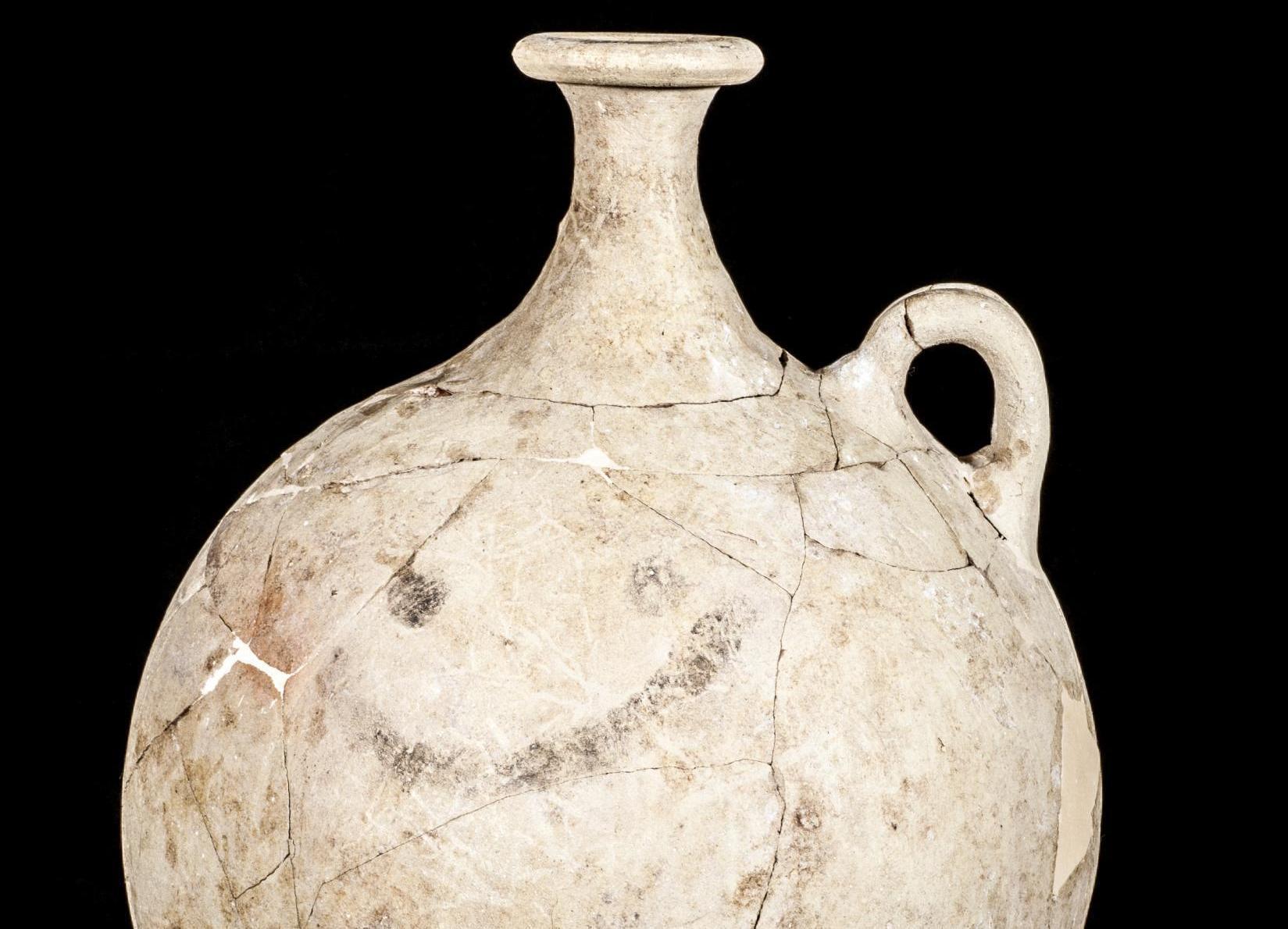'World's oldest smiley emoji’ discovered in Turkey drawn on 4,000 year-old pot
Find has ‘no parallels in ancient ceramic art of the area’, lead researcher says

Your support helps us to tell the story
From reproductive rights to climate change to Big Tech, The Independent is on the ground when the story is developing. Whether it's investigating the financials of Elon Musk's pro-Trump PAC or producing our latest documentary, 'The A Word', which shines a light on the American women fighting for reproductive rights, we know how important it is to parse out the facts from the messaging.
At such a critical moment in US history, we need reporters on the ground. Your donation allows us to keep sending journalists to speak to both sides of the story.
The Independent is trusted by Americans across the entire political spectrum. And unlike many other quality news outlets, we choose not to lock Americans out of our reporting and analysis with paywalls. We believe quality journalism should be available to everyone, paid for by those who can afford it.
Your support makes all the difference.Archaeologists working on a site in southern Turkey have made an unexpected discovery: a 4,000 year old smiley face, drawn on the side of a jug.
For the last seven summers, a team of Turkish and Italian archaeologists have been exploring a site on the Turkish-Syrian border, which was once home to Karkemish, an ancient Hittite city – but they have never encountered such an object before, Dr Nicolo Marchetti of Bologna University, who led the excavation, told The Independent.
“The smiling face is undoubtedly there (there are no other traces of painting on the flask) and has no parallels in ancient ceramic art of the area,” he said.
Several ancient artefacts used for preparing and eating food and drink more than 4,000 years ago were unearthed this year, Dr Marchetti added.
The unusual pitcher in question was originally off-white in colour and features a short thin neck, wide body and small handle. Found in a burial chamber, it was used for a sweet sherbet-like drink, and dates back to 1,700 BC.
Archaeologists only realised the smile was there when the pot was taken to a lab for restoration work, Turkish news agency Anadolou reported.
A total of 25 experts have worked on the large site comprising Karkemish for the last seven years. The site itself has a long history, after the first excavations there were led by Lawrence of Arabia between 1911 and 1914.
In 2018, it will be opened to the public as an open air museum, Turkey’s culture and tourism ministry said.
The ancient smiley jug is to be displayed at the nearby Gaziantep Museum of Archaeology.
The Hittites were an Anatolian people who ruled an empire that stretched from modern-day Greece and Egypt across Turkey into Syria. Karkemish itself is where a huge biblical battle between Egypt and allied Assyria, and Babylonia, Medes, Persia and Scythia is believed to have taken place in 605 BC.
Their civilisation eventually collapsed into smaller states during the Bronze Age and finally succumbed to the Neo-Assyrian empire around 1,178 BC.
The smiley, on the other hand, rose to worldwide prominence in the 1960s along with the widespread use of keyboards.
Join our commenting forum
Join thought-provoking conversations, follow other Independent readers and see their replies
Comments